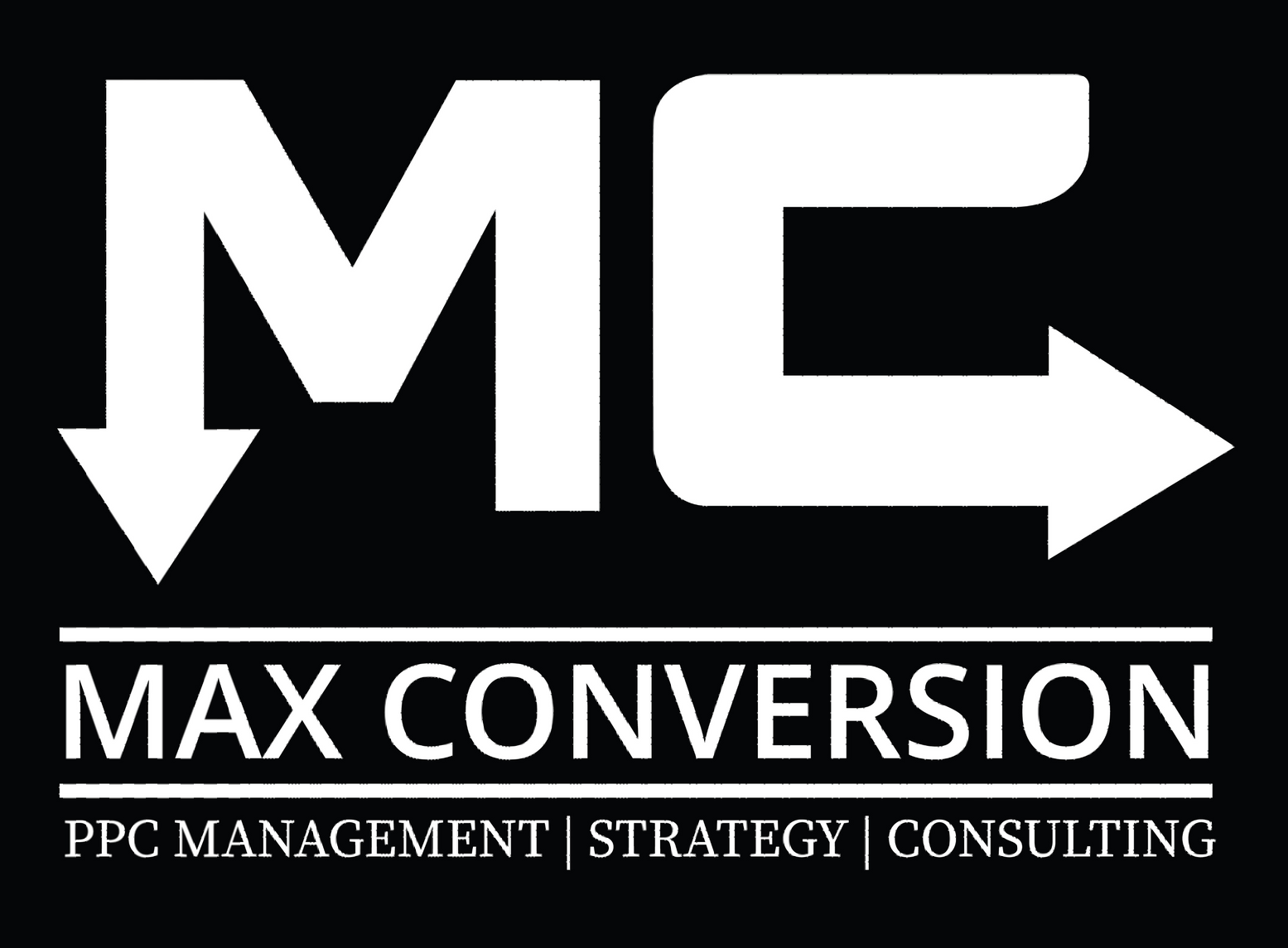Key Takeaways
- Quality Score matters, but not as much as before. Focus on user experience.
- Ad relevance is the easiest to fix. Naturally match your ad to the keyword.
- Landing page experience is a combination of SEO and UX. Create fast, focused, keyword-rich pages.
- Expected CTR is uncertain. Write clickable, useful ads with offers and emotional pull.
Kyle from Max Conversion talks about what Quality Score is, why it matters, and how to improve it. He offers real account insights and practical techniques. The key point he makes is that Quality Score is no longer as critical as it once was, but it still affects CPC and ad positioning.
Table of Contents
What is Quality Score (QS)?
1. Ad Relevance.
2. Landing Page Experience
3. Expected Click-Through Rate (CTR)
Final Strategic Advice
What is Quality Score (QS)?
Quality Score is a number that Google gives to each keyword in your ad account.
It's based on three components:
- CTR was expected.
- Ad Relevance.
- Creating a Landing Page Experience.
They are rated as:
- Better than average.
- Average.
- Better than average.
A higher score indicates lower CPCs and better ad position.
1. Ad Relevance.
What It Means:
Google looks at how closely your ad copy matches the keyword intent.
What Works:
- Use the keyword in your headlines and descriptions.
- Don't overdo it - make it natural and readable.
- Check if your ad reads well with Google's Natural Language API.
Example from Kyle:
- Keyword: Commercial Truck Insurance "Commercial Truck Insurance."
- Ad contains phrases such as:
- "Truck insurance"
- "Cheap semi-truck insurance"
- "Commercial truck insurance "Commercial truck insurance"
Because of this, ad relevance = above average.
Common Mistake:
Keyword stuffing: Using too many variations unnaturally. E.g.:
"Commercial truck insurance, vehicle insurance, semi-truck insurance, truck coverage" sounds robotic and ruins performance.
Pro Tip:
Check Sentiment Score & Readability with Google Cloud Natural Language API.
2. Landing Page Experience
What It Means:
Google checks that the landing page matches the user intent and is responsive and mobile-friendly.
What Works:
- Use keyword-specific landing pages instead of your homepage.
- Include the search term in the page (H1, H2, body text).
- Make it mobile responsive, fast to load & simple to use.
- Check performance with Google Page Speed Insights.
Example from Kyle:
- If the keyword is "Big Rig Insurance" and the Landing Page is generic, landing page Experience = below average.
- Better to have separate landing pages for each big keyword/ad group.
Common Mistake:
Sending users to a generic homepage without mention of their search term.
3. Expected Click-Through Rate (CTR)
What It Means:
This is Google's prediction of how likely someone will click your ad compared to other ads in the same auction.
Why It Is Tricky:
- Even high CTRs may have "average" scores.
- It is partly based on historical data, position and competition.
- Sometimes it just feels arbitrary.
What Helps:
- Test different ad copy.
- Include offers (e.g. "Get USD 20 Off Today," "Free Quote in 60 Seconds").
- Use emotional triggers or urgency ("Limited Time").
- Have at least 2 responsive search ads per ad group (3 minimum).
- Pin important phrases in headline 1 or 2 for clarity.
Example from Kyle:
- An ad with 16% CTR still shows "average" expected CTR.
- Why? Could be because of ad rank position or Google broader comparison.
Misunderstanding:
Thinking that high real CTR implies high expected CTR. It doesn't always.
Final Strategic Advice
| Component | Focus On | Tools |
|---|---|---|
| Ad Relevance | Keyword match, natural language | Google Natural Language API |
| Landing Page Experience | Relevance, speed, UX | Google Page Speed Insight |
| Expected CTR | Offer, Urgency, testing | Responsive Search Ads (RSAs), Pin headlines |
